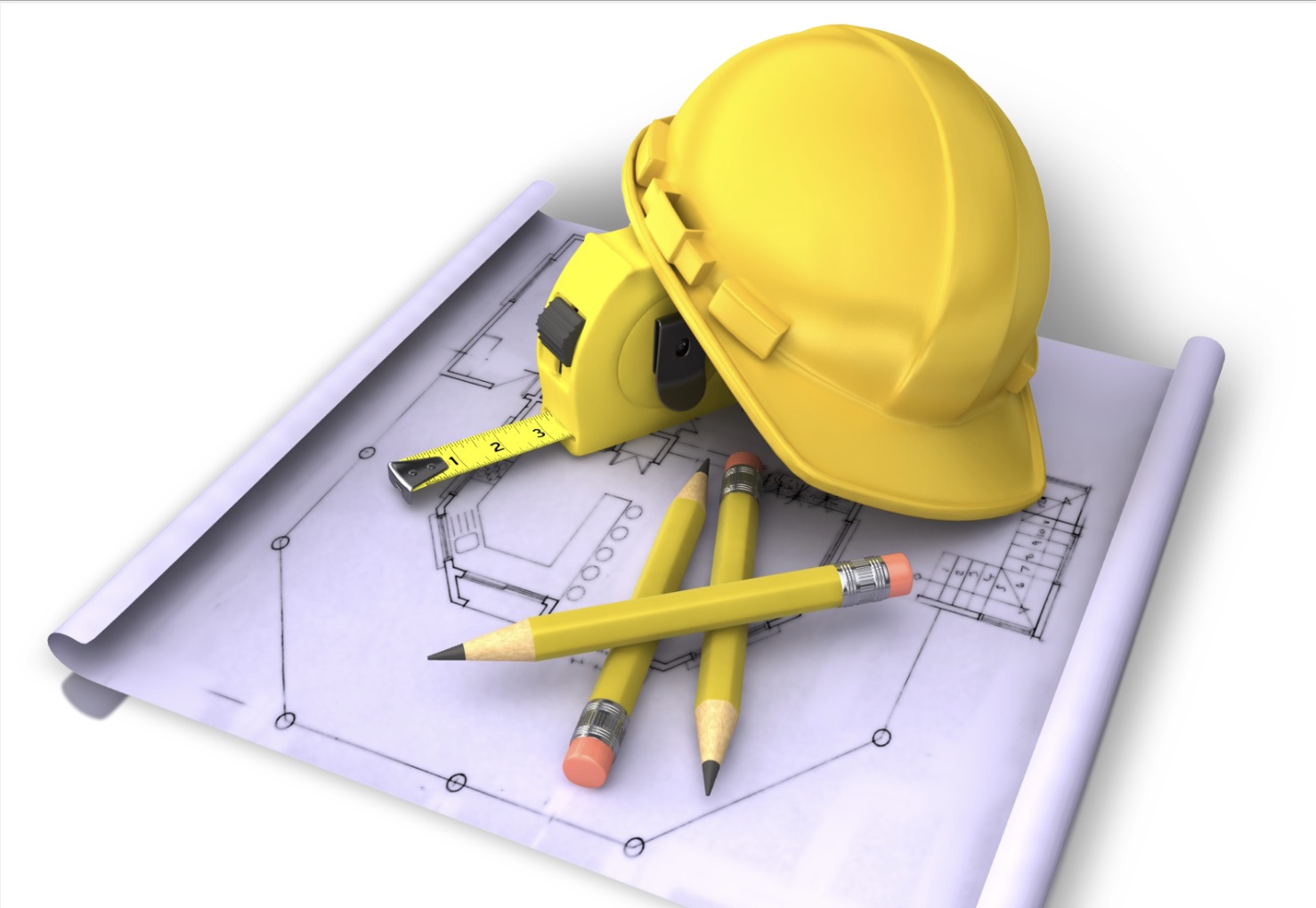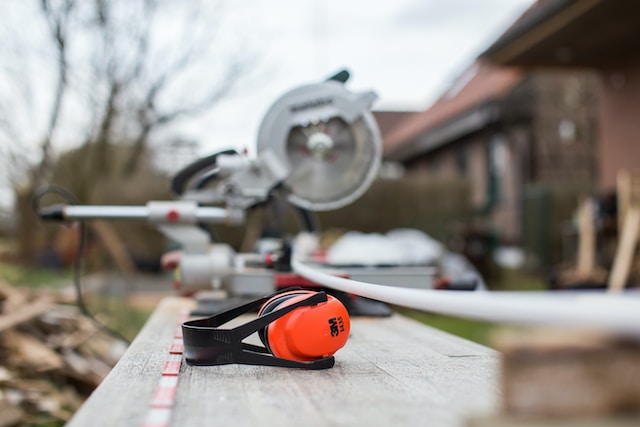PPE management in the construction sector: Ensuring safety on the worksite

PPE (Personal Protective Equipment) management is a key issue in the construction sector, where workers are exposed to a variety of risks on a daily basis. Whether to prevent falls, cuts or exposure to hazardous substances, PPE is essential to ensure the health and safety of workers in the field.
What is PPE?
Personal Protective Equipment (PPE) are devices that employees wear to protect themselves against specific hazards. On a construction site, this includes a wide range of equipment: helmets, gloves, safety shoes, hearing and vision protection, fall arrest harnesses, and so on. This equipment plays a vital role in protecting against serious accidents and occupational illness.
PPE categories
PPE is classified into three categories according to the level of protection it offers:
- Category I : Protection against minor hazards.
Examples: splinter goggles, lightweight work gloves.
- Category II: Protection against intermediate risks.
Examples: safety helmets, safety shoes, high-visibility vests.
- Category III: Protection against serious or fatal hazards.
Examples: safety harnesses for working at height, respiratory protection equipment.
How to choose the right PPE? Practical guide France - Belgium
On construction sites, in workshops or in industrial environments, Personal Protective Equipment (PPE) is essential to guarantee the health and safety of workers. Choosing the right PPE is more than just buying a helmet or gloves: it's a real process, governed by precise legislation and involving ongoing management.
This guide will help you understand the obligations in France and Belgium, the challenges of good management and the essential criteria for selecting suitable PPE.
1. PPE legislation: France vs Belgium
Although both countries apply the same European Regulation (EU) 2016/425, which governs the placing of PPE on the market, there are some nuances in their internal obligations.
France: Labour code and strict regulations
In France, PPE is governed by :
- French Labor Code - Articles R4311-8 et seq.
(Official source: Légifrance) - Regulation (EU) 2016/425 on the provision of PPE
- In particular, the employer must:
- supply PPE free of charge,
- analyze risks,
- choosing the right PPE,
- train employees in their use,
- maintain and replace them.
Belgium: Well-being at Work and priority to collective protection
In Belgium, regulation is the responsibility of :
- Code du bien-être au travail - Livre IX, Titre 2
(SPF Emploi, Travail et Concertation sociale) - Key principle: prioritize collective protection over PPE.
- The employer must :
- carry out a risk analysis,
- supply PPE if EPC is not sufficient,
- comfort, ergonomics and compatibility,
- check for correct use,
- guarantee maintenance and replacement.
2. The importance of good PPE management
Good PPE management is more than just having it on hand: it's a human, legal, operational and financial challenge.
🛡️ Worker health and safety
- Reduced accidents, injuries and work stoppages
- Compliance with safety training and procedures
- Adapted PPE = better real protection
Incorrectly selected or unusable PPE can lead to serious accidents.
⚖️ Legal liability
In the event of an accident, the employer may be held liable if :
- the choice of PPE was inappropriate,
- the equipment was faulty,
- traceability was not guaranteed.
PPE management is therefore a central element of compliance.
💶 Financial impact
- Reduced loss of PPE (common on construction sites)
- Optimized purchasing (no overstocking or out-of-stocks)
- Longer service life thanks to proper maintenance
- Preventing accident costs: compensation, site stoppages and delays
📲 Digitization and optimization
Digitizing PPE management enables :
- tracking of allocations by employee,
- end-of-life alerts, maintenance or replacement,
- reduction in dormant stock,
- greater traceability in the event of an audit.
👉 That's where HeronTrack comes in, providing simple, automated visibility into inventory, even when dispersed across multiple sites or mobile teams.
Employers' responsibilities in PPE management
In the construction industry, employers are responsible for ensuring that every worker is properly protected, and here are just a few of the essential obligations concerning PPE management:
1. Risk assessment: Before any intervention, a thorough analysis of the hazards present on the worksite is necessary to determine the appropriate PPE.
2. Provision of PPE: PPE must be provided free of charge to employees. It is imperative that every worker has the right equipment without having to bear the cost.
3. PPE maintenance: Regular maintenance and checking of PPE is essential to ensure that it is in good working order. This includes replacing worn or damaged equipment.
4. Training and monitoring: Workers must be fully trained in the correct use of PPE. Monitoring the use of PPE in the field is also crucial to ensuring its effectiveness.
Innovations in PPE management
With the evolution of technology, PPE management is becoming more efficient thanks to digital solutions. Systems such as those offered by HeronTrack enable equipment to be tracked in real time. Each PPE item can be fitted with GPS chips, making it easier to locate and manage. This reduces waste and ensures that workers have access to the right PPE.
What's more, these solutions enable employers to receive alerts when PPE requires maintenance or is about to expire. Proactive inventory and inspection management not only improves safety, but also ensures compliance with current standards.
Case study: Safe working at height
Let's take the example of a worker in charge of work at height on a construction site. Before starting work, he needs to ensure that his fall arrest harness and helmet are compliant and recently inspected. Thanks to digital tracking systems like HeronTrack, he can quickly check the condition of his equipment. In the event of a problem (such as a missing inspection), an alert is triggered, preventing the use of non-compliant equipment.
Conclusion
PPE management is a fundamental pillar of safety on construction sites. With strict legal obligations, employers must not only provide the necessary equipment, but also maintain and monitor it. The integration of digital solutions, such as GPS chips and real-time management systems, is transforming the way companies manage this equipment, guaranteeing greater safety and compliance.
By choosing modern tools like those offered by HeronTrack, companies reinforce their commitment to employee safety, while optimizing PPE management.


